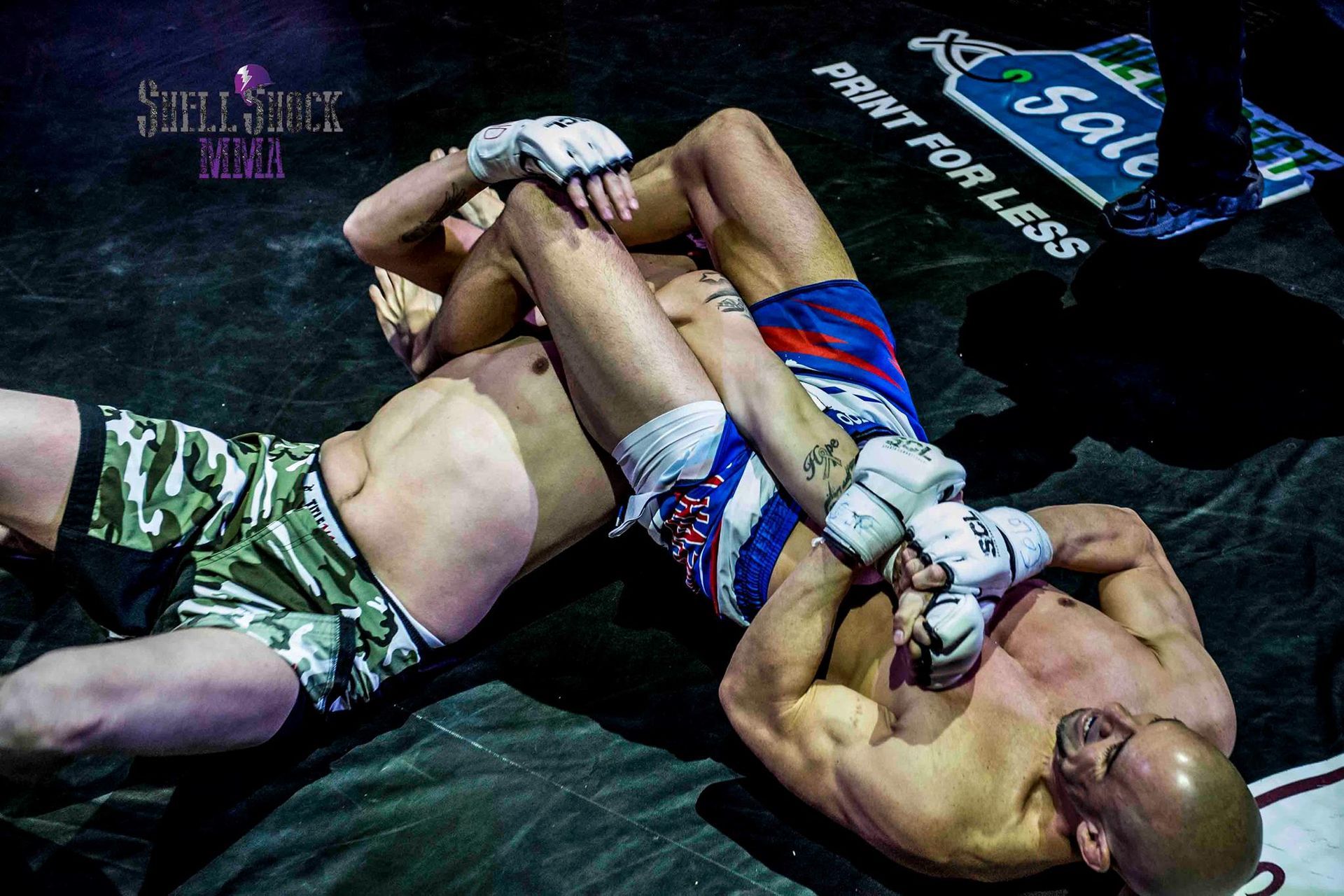Creating distance should be an option but not the only option.
In law enforcement, we often hear about concepts like “distance equals time” and the “21-foot rule.” These are solid principles, but they shouldn’t be the only tools in an officer’s decision-making arsenal. Ideally, officers could manage every arrest, control, and de-escalation from a safe distance.
However, reality doesn’t always cooperate. Taking physical control of resistant adults, who aren’t bound by any SOPs, laws, or policies, is unpredictable and rarely mirrors the training environment. Winning these encounters requires officers to be confident and competent in securing the inside position, recognizing opportunities to use physical control rather than escalating force.
In our training sessions, we run drills where students escape from a front choke or headlock. Instead of immediately disengaging and creating distance, they learn to identify windows of opportunity to use their physical skills to control the situation. While disengaging and transitioning to another tool or de-escalating from a distance remains an option, it shouldn’t be the only one.
Teaching officers to always break contact and create distance might cause them to miss the best opportunity to use surprise and superior technique to win a close-range encounter. Eventually, officers will need to re-engage in the same space they initially abandoned.
https://youtu.be/POsuD82cx44?si=zJqBki6vtlCKx0ou
By training officers to recognize and seize the first opportunity to use the least amount of force necessary to end an encounter, we all win.




